As we close out 2019 and look towards 2020, it is the perfect time to reflect on classroom practices. In my first part of this series, I outlined three resolutions for my science classroom: bring more joy, incorporate STEM current events, and put the “E” in STEM. Below are three more changes I resolve to make as we ring in the new year.
Student Voice/Choice
While student engagement is so important in all classrooms, In a STEM classroom it is crucial for students to find success. An easy way to accomplish this is to have students use their own creativity. I have athletes, singers, writers, musicians, poets, videographers, and more in my classroom, but these talents are not always allowed to shine.
Open-ended assessments can allow these talents to show through. I resolve to write more open-ended rubrics for my assessments to allow students to take ownership of their voice and choice in how they present their information. Why must we all take the same test, when someone could show me what they know in a sonnet, rap, or dance routine? These opportunities allow for community building, while also replacing tests which are often not differentiated to meet all student needs.
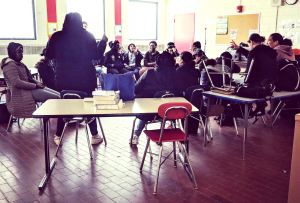
Growth Mindset in Science
Having a growth mindset seems to be all the rage these days in schools. However, when I really found out what this buzzword meant, I realized how important it is in the classroom. Having a growth mindset simply means challenging yourself to move forward regardless of where you are. Students should be focused on making gains in their understanding rather than getting a specific grade. If a student has an A, that doesn’t necessarily mean they’ve grown. Pushing students to do their best as an individual is so important. In science, this reminds students that they can grow in the classroom regardless of who they are.
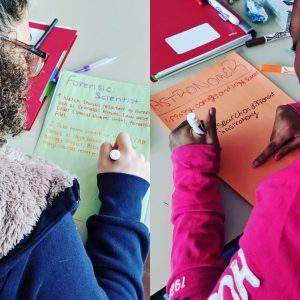
Build STEM Skills
One issue I keep running into in education is the lack of STEM skills taught in high school. These skills can be as basic as isolating a variable or as complex as conducting PCR. These skills can help them in the future regardless of career, making our society more informed. I want to focus on a few specific skills for my classroom:

Analyzing and interpreting graphs
I want my students to be able to interpret any graph that is set before them. This is helpful when they encounter figures in the news, magazines, and in studies. The ability to analyze a graph can ensure that students are able to formulate their own ideas about the world around them.
Communicating science
It is so important to be able to communicate something one has learned. This seems to be a lost art at times. As much as we are learning as a society, we struggle with the ability to communicate difficult concepts to the layperson. If students can do this now, they can certainly find success later.
Setting up a good procedure
Experimentation seems to be a lost art at times. Students that can set up a procedure can determine tests in their own lives with ease. This ensures they are constantly questioning the world around them.
These are my resolutions for the rest of the 2020 school year. What matters to you in your classroom? Resolve to do more of whatever that may be. You’ve got this!


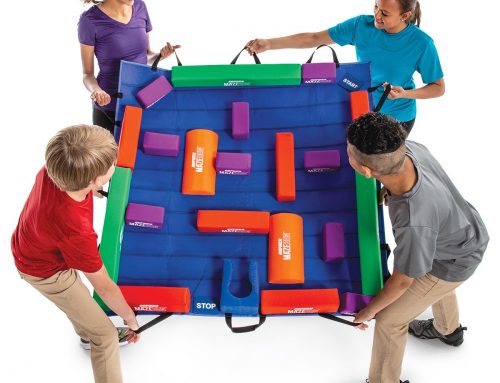
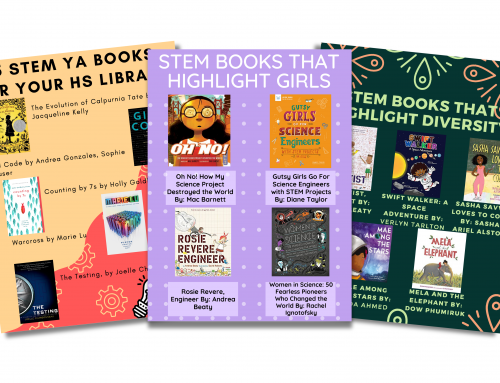
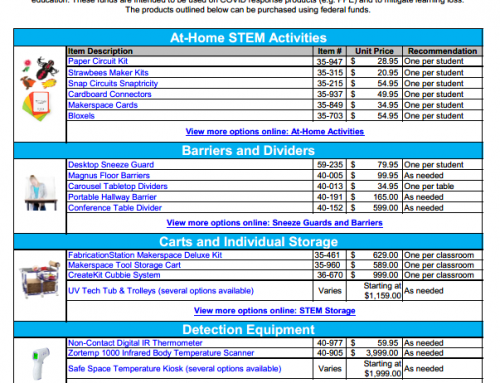
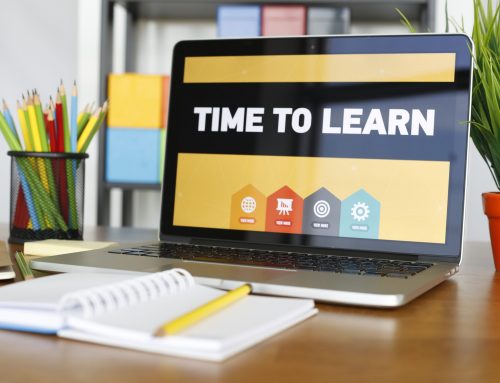

Leave A Comment